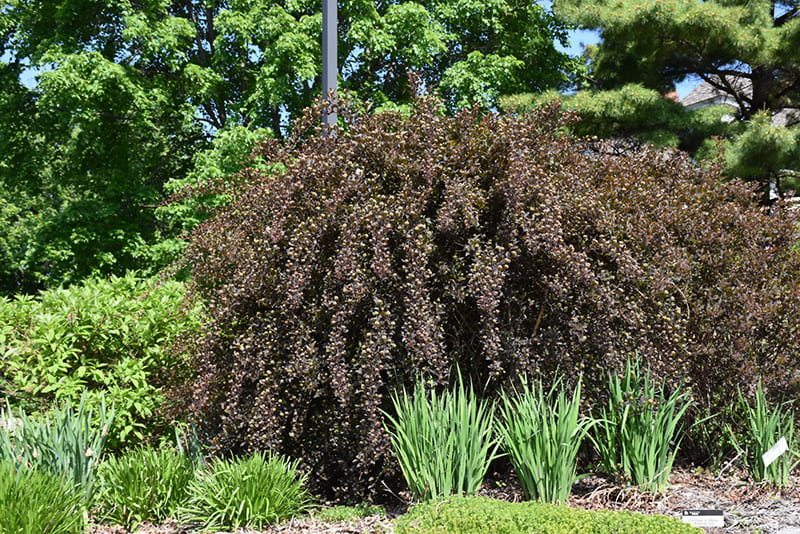Introduction
Tiny wine ninebark, scientifically known as Physocarpus opulifolius, is a compact deciduous shrub prized for its stunning burgundy foliage and delicate pink flowers. This versatile plant adds a touch of elegance to any landscape, whether used as a focal point or as part of a mixed border. In this comprehensive guide, we’ll delve into the world of tiny wine ninebark, exploring everything from its origins and characteristics to cultivation tips and maintenance techniques.
Embracing the Beauty of Tiny Wine Ninebark
Tiny wine ninebark is a captivating ornamental shrub that boasts a range of attractive features, making it a favorite among gardeners. With its compact size and eye-catching foliage, this plant adds visual interest to gardens of all sizes. The deep burgundy leaves provide a striking contrast against the backdrop of greenery, creating a dramatic effect that lasts throughout the growing season.
Understanding the Origins
Originating from North America, tiny wine ninebark is a cultivar of the native species Physocarpus opulifolius. It was first introduced to the horticultural market for its compact habit and richly colored foliage, which set it apart from other varieties of ninebark.
Exploring Characteristics
Tiny wine ninebark is characterized by its dense, mounded growth habit and arching branches. It typically reaches a height of 3 to 4 feet with a similar spread, making it an ideal choice for smaller gardens or mixed borders. The foliage emerges a deep purple in spring, gradually maturing to a rich burgundy hue as the season progresses.
Cultivation and Care Tips
While tiny wine ninebark is relatively low-maintenance, providing optimal growing conditions will ensure its health and vitality.
Planting Location
Choose a well-drained site with full to partial sun for your tiny wine ninebark. Avoid areas prone to waterlogging, as excessive moisture can lead to root rot.
Soil Requirements
Tiny wine ninebark thrives in moist, fertile soil with a slightly acidic to neutral pH. Incorporating organic matter such as compost or aged manure into the soil prior to planting will improve drainage and fertility.
Watering and Mulching
Keep the soil consistently moist, especially during the plant’s first growing season. Apply a layer of organic mulch, such as shredded bark or wood chips, around the base of the shrub to help retain soil moisture and suppress weed growth.
Pruning and Maintenance
Prune your tiny wine ninebark in late winter or early spring to remove any dead, diseased, or damaged branches. This will promote healthy growth and maintain the plant’s compact shape. Additionally, periodic thinning of older branches will encourage air circulation and reduce the risk of disease.
Tiny Wine Ninebark: Frequently Asked Questions
Q: How tall does tiny wine ninebark grow?
A: Tiny wine ninebark typically reaches a height of 3 to 4 feet at maturity, with a similar spread.
Q: Does tiny wine ninebark require full sun?
A: While tiny wine ninebark prefers full sun, it can tolerate partial shade.
Q: When is the best time to prune tiny wine ninebark?
A: Prune tiny wine ninebark in late winter or early spring before new growth emerges.
Q: Is tiny wine ninebark susceptible to pests and diseases?
A: Tiny wine ninebark is relatively resistant to pests and diseases, but occasional issues such as powdery mildew may occur, especially in humid conditions.
Q: Can tiny wine ninebark be grown in containers?
A: Yes, tiny wine ninebark can be grown in containers, provided they have adequate drainage and room for root development.
Q: How often should tiny wine ninebark be fertilized
? A: Fertilize tiny wine ninebark in early spring with a balanced, slow-release fertilizer formulated for woody plants.
Conclusion
Tiny wine ninebark is a charming addition to any garden, offering vibrant foliage and delicate flowers throughout the growing season. By following the cultivation and care tips outlined in this guide, you can enjoy the beauty of this versatile shrub in your own outdoor space.


